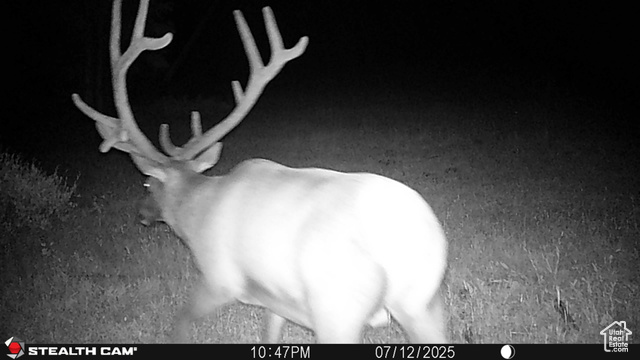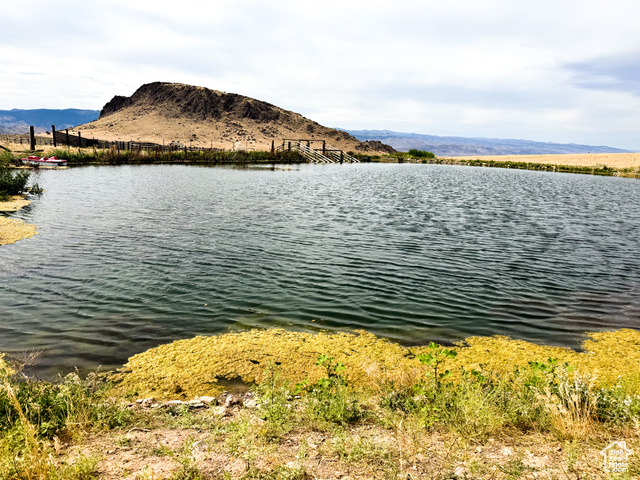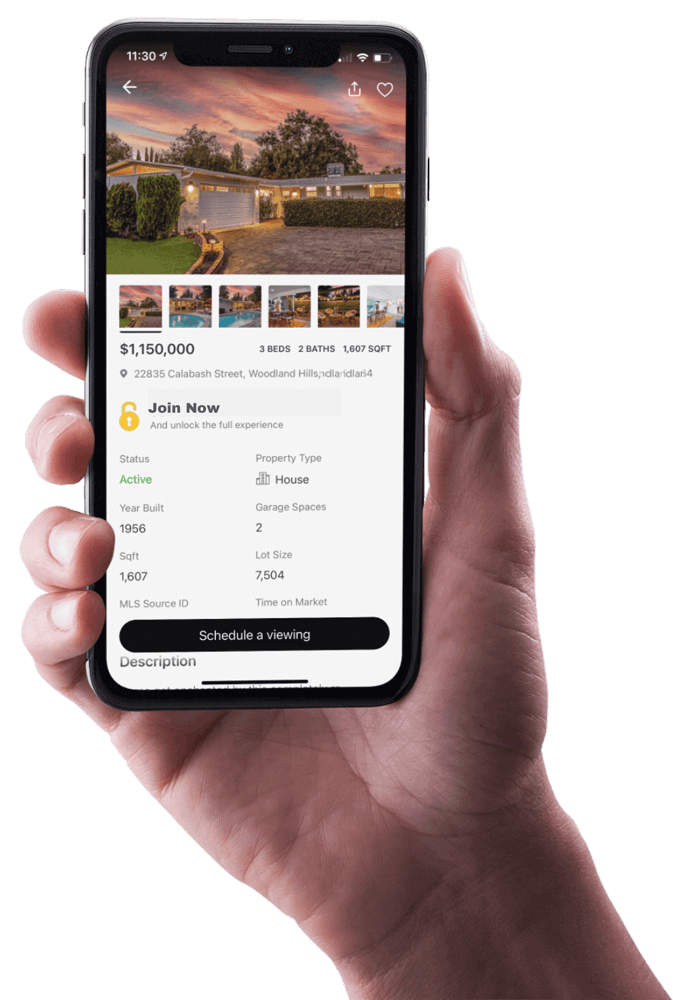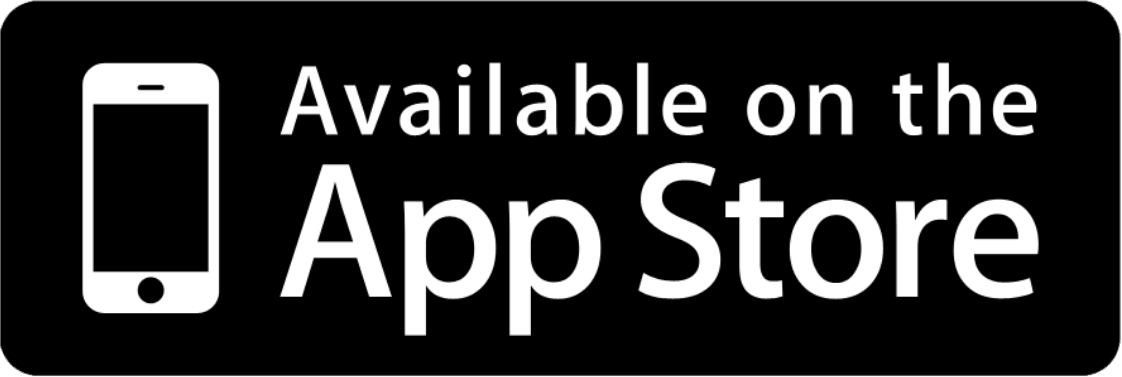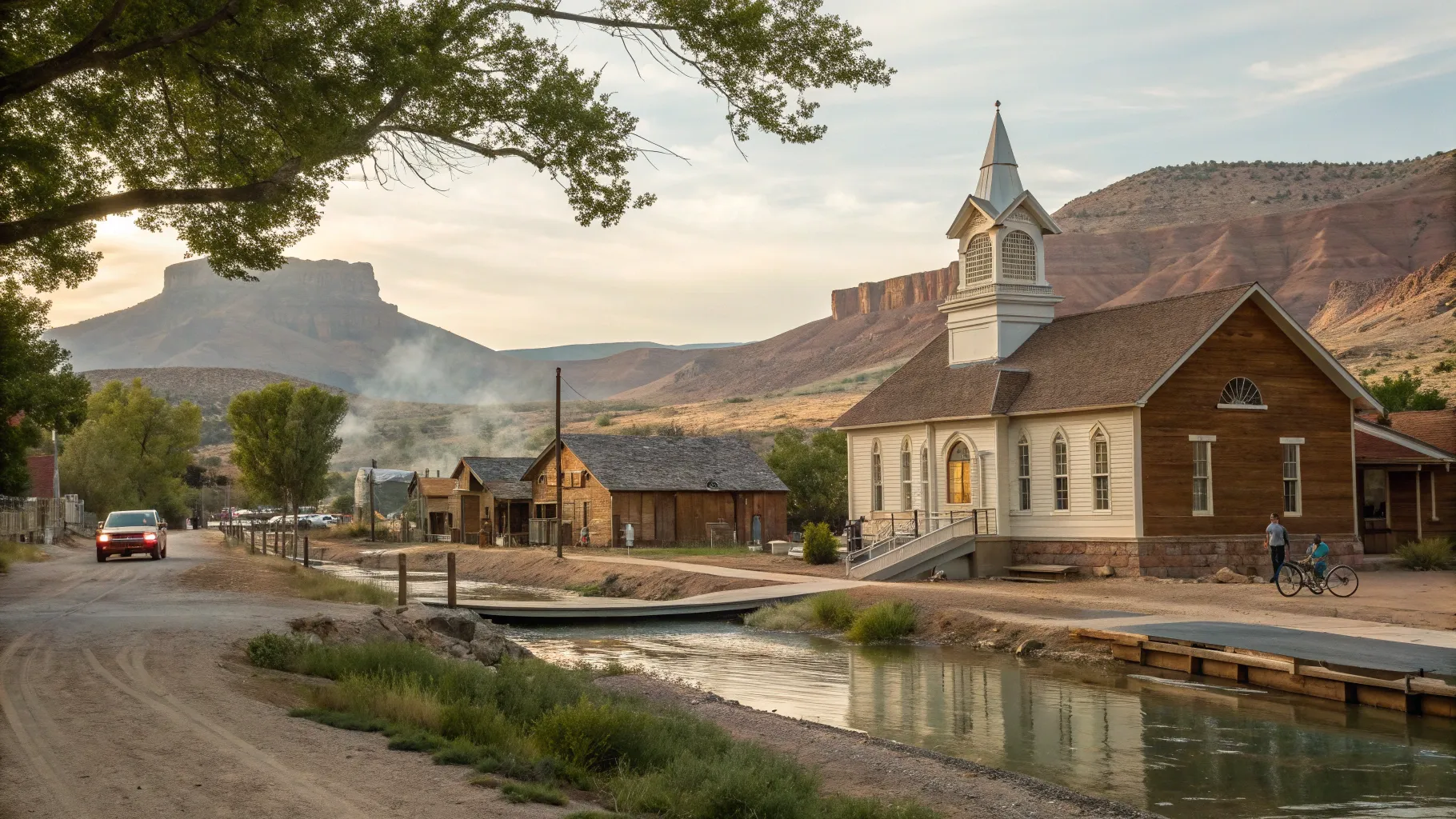
Monroe, Utah, is a small town with outsized access to geothermal springs, water recreation, desert vistas and gateway routes to three of Utah’s most celebrated national parks. Nestled in Sevier County, Monroe offers the kind of lifestyle that blends quiet-town living with abundant outdoor recreation—thermal baths, reservoirs, dunes, and trailheads sit within short drives, and scenic corridors connect residents to Zion, Bryce Canyon and Capitol Reef. This article outlines the top activities and attractions in and around Monroe, practical travel and safety guidance, and why the town holds appeal for homebuyers and investors seeking a lifestyle anchored by nature. For those researching Utah real estate options tied to outdoor recreation, related property search resources are available at https://bestutahrealestate.com
Why Monroe Matters: location and lifestyle
Monroe’s position within central Utah makes it an attractive base for a variety of outdoor pursuits. The town functions as a practical hub: short drives open access to thermal springs and reservoirs nearby, while longer day trips (typically under three hours) reach national parks and other high-value destinations. The lifestyle here is defined by easy access to hot springs and public water recreation, a slower pace of life, and proximity to dramatic red-rock landscapes. For families and retirees considering relocation, Monroe presents a compelling combination of affordability relative to resort towns, lower population density, and ample outdoor amenities that support year-round recreation.
Hot Springs & relaxation
Thermal waters are a signature recreational draw across Utah, and Monroe is no exception. Two notable springs—Mystic Hot Springs and Red Hill Hot Springs—offer distinct experiences that appeal to visitors and residents seeking therapeutic soaking or relaxed social time. Mystic Hot Springs is widely known for its unique setting and rustic tubs, while Red Hill Hot Springs provides a quieter, rejuvenating soak right within Monroe’s corridor. Both springs are natural geothermal features, and visits typically emphasize respectful use of the fragile terrain and adherence to posted hours and fees.
For those interested in geothermal swimming, the Homestead Crater provides a close comparison: a 65-foot-deep geothermal pool contained within a mineral dome that supports snorkeling, scuba, and swimming in 90+°F water. Although Homestead Crater sits outside Monroe town limits, the crater exemplifies how central Utah’s geothermal resources create year-round swim options that complement surface-water recreation such as reservoirs and rivers. Entry fees and rental options vary; Homestead historically charged modest admission and offered snorkel/scuba gear for rent.

Washburn Reservoir & Magleby Dam: lakes, fishing and calm water recreation
Washburn Reservoir and Magleby Dam are prime examples of local water features that offer calm-water experiences within a short drive of Monroe. These reservoirs are ideal for anglers, paddleboarders, kayakers and families who prefer motor-free or low-traffic waters. Small reservoirs and dams in central Utah typically bring a serene atmosphere during shoulder seasons and remain popular through summer; fishing often targets trout and warm-water species depending on seasonal stocking and temperature.
When planning a reservoir visit, visitors should check state fish-and-game notices for stocking schedules, seasonal water levels and fishing regulations. Important practical considerations include shallow areas that may drop off suddenly, boat ramp access points (if any), shoreline etiquette to avoid disturbing nesting birds, and water-safety precautions for children. For those preferring to float and relax, packing a flotation device, shade canopy and water shoes will enhance comfort along rocky shorelines.
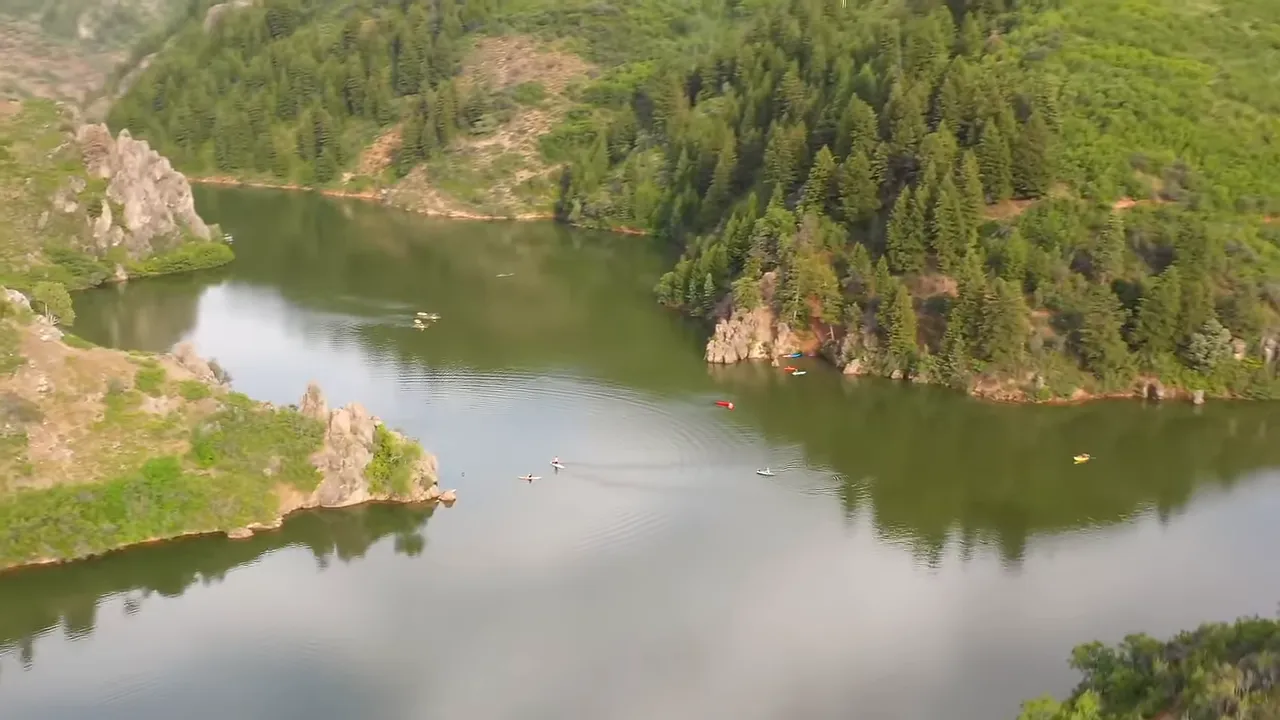
Hillside Mini Golf, Moonlit Manor and town amusements
Monroe’s compact commercial strip and nearby attractions provide family-friendly entertainment for short stays and local recreation. Hillside Mini Golf is a small-scale draw that offers lighthearted fun for tourists looking for a playful break. Moonlit Manor provides a contrasting experience: a historic and atmospheric attraction that blends local lore with visual interest. These recreational options complement the region’s outdoor focus and serve as accessible daytime or evening activities after hiking or soaking in hot springs.
Hiking, fishing and ATVing in Sevier County
The surroundings of Monroe are rich with trails and off-road corridors. Hiking trails vary from short scenic loops to longer backcountry routes that traverse foothills, scrublands and juniper-scattered ridgelines. Fishing opportunities expand beyond Washburn Reservoir to include streams and smaller lakes in the broader Sevier County mountain niche. Anglers should consult current regulations and seasonal restrictions; trout fishing in mountain streams is a common spring-to-fall pursuit.
ATVing and off-road recreation are major draws across central Utah’s open landscapes. Nearby riding options range from graded BLM two-tracks to more technical desert trails. Areas with expansive mudflats, ridged formations and buttes—such as the region around Factory Butte and Swing Arms City—appeal to riders seeking natural jumps, dune runs and wide-open panoramas. Riders should obtain maps, register vehicles where required, use protective gear and respect closure orders for wildlife or cultural resource protection.
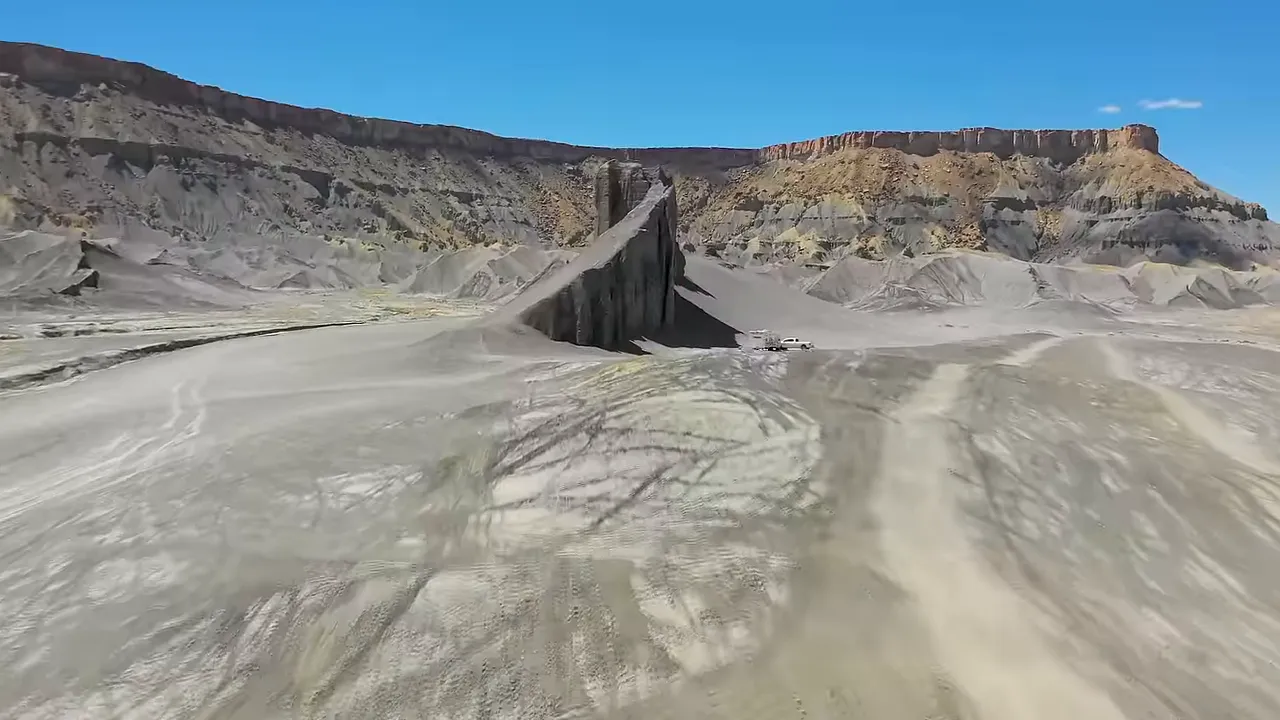
Nearby national parks: day trips and multi-day itineraries
Monroe serves as a convenient home base for multi-day itineraries that include three national parks widely recognized for their dramatic formations: Bryce Canyon National Park, Zion National Park and Capitol Reef National Park. Each park presents a distinct geology and activity set that complements Monroe’s local offerings.
- Bryce Canyon National Park: Famous for thousands of crimson-colored hoodoos arranged across amphitheaters and ridgelines. Sunrise and sunset vantage points (such as Sunrise Point and Sunset Point) provide unforgettable light on the hoodoos; hiking into the Bryce amphitheater rewards visitors with close-up views and cooler microclimates in winter months.
- Zion National Park: Defined by sheer red cliffs and the Virgin River corridor, Zion offers signature hikes—Angels Landing among them—that require preparation and caution. Narrow chain sections, steep drop-offs and high visitor counts during peak months make timing and safety equipment important considerations.
- Capitol Reef National Park: A less-crowded alternative that highlights layered canyons, historic orchards and winding scenic routes. The park supports family-friendly hikes and stretches ideal for geological observation.
Day-trip planning should include early starts to beat traffic, awareness of park entrance fees and shuttle schedules (where applicable), and seasonal adjustments for weather. When hiking popular routes such as Angels Landing, microspikes or traction devices in winter and proper footwear year-round are recommended. Angels Landing’s exposed chain sections present serious fall risk; hikers should consider comfort with exposure, crowd dynamics, and weather before attempting full ascents.

Sand Hollow and other southern-water playgrounds
Within an hour or two of Monroe are southern Utah playgrounds that attract boaters and dune riders alike. Sand Hollow Reservoir combines warm water, clear skies and adjacent sand dunes that invite dune buggy rides and beach-style recreation. Reservoirs in southern Utah tend to be warm and sun-drenched during spring-through-fall months, making them especially appealing for cliff jumping and wake sports. Visitors should assess seasonal water levels and check designated swim and cliff-jump zones where available; cliff jumping without depth checks or local knowledge introduces significant risk.
Scenic drives and “otherworldly” landscapes
Central Utah includes stretches of landscape that evoke extraterrestrial comparisons—banded rock layers, jagged hoodoos and vast salt flats echo scenes found in science fiction. Drives to places like the Bonneville Salt Flats reveal enormous, reflective expanses of white crust where land-speed history was made; similarly, isolated features such as Factory Butte and unusual hoodoo spires provide photography opportunities for sunrises and late-afternoon light. These drives can be unpaved and rough; high-clearance vehicles or four-wheel drive are recommended for remote access points. Visitors should always carry water, spare tires, and route maps when venturing onto unmaintained roads.
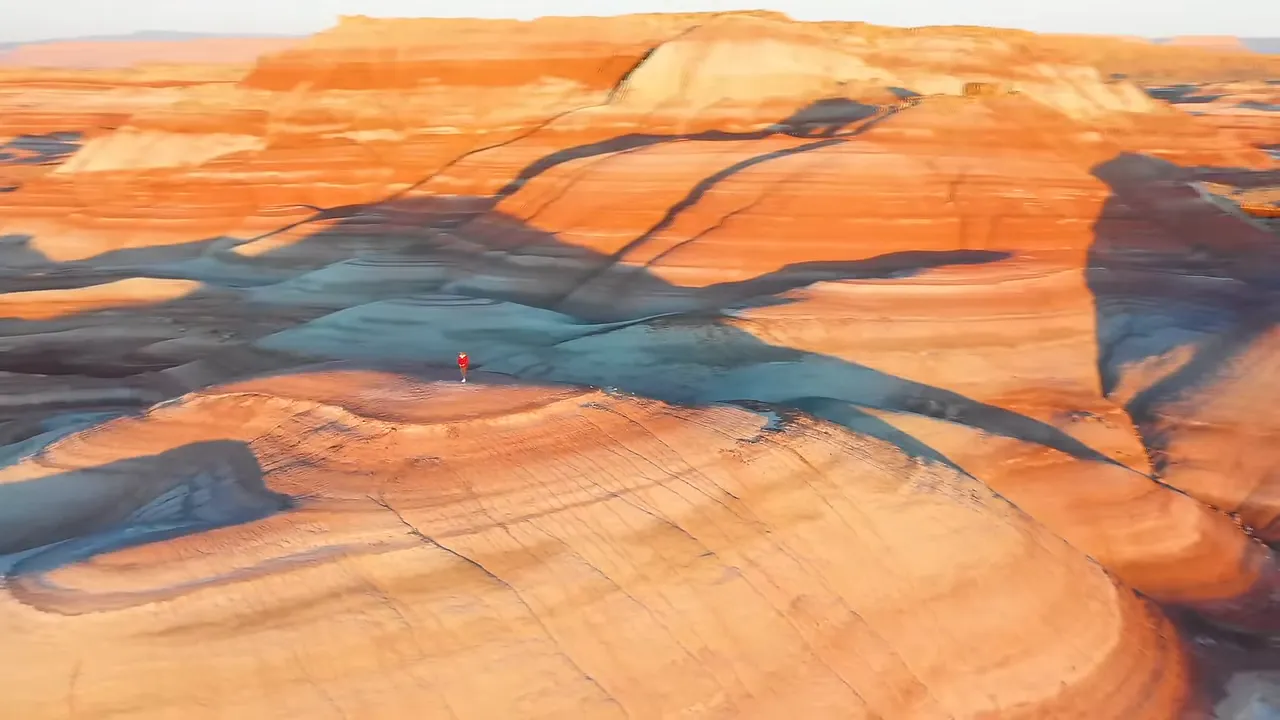
Safety, seasonal considerations and accessibility
Visitors and prospective residents should prioritize safety: thermal springs are soothing but can harbor heavy minerals and fragile structures; reservoirs often feature submerged hazards and variable depths; desert trails can be remote and quickly changeable in weather. The following practical points will help ensure enjoyable and responsible experiences:
- Water safety: Always check depths before cliff jumping, avoid alcohol prior to water activities, and use personal flotation devices when appropriate. Many natural swim sites do not have lifeguard coverage.
- Weather and traction: Winter ice and summer heat both present hazards. For canyon hikes with exposed sections, microspikes are useful when icy; in summer, sun protection and ample water are essential.
- Vehicle caution: Salt flats become treacherous when wet. Driving on wet salt surfaces can cause vehicles to sink and become immobilized; avoid such conditions and consult local advisories.
- Respect for fragile environments: Geothermal domes, hoodoos and salt crust require minimized impact; follow Leave No Trace principles and avoid dislodging formations.
- Access and fees: National park entrance fees, local admission charges to hot springs and seasonal closures for wildlife protection are common. Plan ahead, and review official park or site notices.
Homebuying and real estate—why Monroe appeals to buyers and investors
Monroe’s proximity to recreational assets creates real estate dynamics that attract several buyer segments: families seeking an outdoor-oriented lifestyle, retirees pursuing a quieter pace with natural amenities nearby, vacation-home buyers targeting short-term rental potential, and investors looking for properties that leverage tourism corridors. Real estate in small Utah towns often reflects a balance: lower overall price points than resort communities, but heightened seasonal rental demand near national parks and unique attractions. Buyers should analyze occupancy rates, local ordinances governing short-term rentals, and infrastructure considerations—such as septic versus municipal sewer, well water viability, and road-maintenance responsibilities during winter months.
When assessing potential properties, practical improvements can increase long-term value in this region. Recommended upgrades include enhanced insulation (attic and wall), durable exterior finishes that withstand desert sun and seasonal freeze-thaw cycles, mudroom or entry areas for outdoor gear, covered vehicle storage for ATVs or dune buggies, and drip-irrigated landscaping that meets local water-conservation practices. Attention to these items tends to enhance both livability and resale or rental appeal.
Market strategies for buyers, sellers and investors
Investors should approach Monroe with a data-driven mindset. Evaluate comparable rental rates during peak park visitation windows, understand local tourism trends, and consider a diversified offering—weekday discounts, multi-season marketing for fishing or snow-adjacent recreation, and an emphasis on gear-friendly amenities (e.g., secure storage, outdoor rinsing stations). For sellers, staging that highlights proximity to hot springs, reservoirs and trailheads resonates strongly with buyers motivated by lifestyle amenities; clear signage in listing descriptions that outlines commute times to Zion, Bryce and Capitol Reef helps buyers contextualize the property.
Buyers financing purchases should confirm lending availability for rural homes, especially if the property relies on private wells or septic systems, as some lenders have stricter underwriting for such utilities. Title and survey reviews are essential for properties near public access lands to ensure there are no disputes about access easements or easements for utilities.
Neighborhood and community overview
Monroe’s neighborhoods vary from compact town lots near the main streets to agricultural properties and acreage parcels on the outskirts. Community amenities typically include small-business services, local events, and easy access to outdoor recreation. Families often value school proximity and community safety; retirees prize the slower pace and access to therapeutic hot springs. Newcomers assessing neighborhoods should consider utility services, road maintenance responsibilities, and local governance rules related to accessory dwelling units or short-term rentals.
Fictionalized narrative example
When a family from a nearby metropolitan area sought a lifestyle change, the Smiths found Monroe to be an appealing blend of affordability and recreation. Their decision rested on three primary factors: affordable housing options with acreage for a garden, short drives to hot springs and reservoirs for weekend relaxation, and a sense of community rooted in outdoor events and volunteer opportunities. By prioritizing homes with mudroom space and secure storage for ATVs and fishing gear, the family optimized usability and lower renovation cost. During peak summer months, the property performed well as a potential short-term rental—provided the family complied with county regulations and adopted local utility conservation practices.
Planning a visit from out of state
Out-of-state visitors should plan with seasonality in mind. Spring and fall offer milder temperatures and fewer crowds at national parks; summer draws the highest visitation, particularly at Bryce and Zion; winter offers dramatic snowy contrasts at higher elevations but requires traction devices for icy trails. Packing considerations include layered clothing, sun protection, trail-ready footwear and permits for desired activities. Visitors looking to combine relaxation with adventure can schedule hot-spring time on arrival or departure days, leaving day trips for national-park exploration during the core of the stay.
Local stewardship and respectful recreation
Monroe’s natural resources are shared assets that depend on collective stewardship. Whether visiting a thermal spring, reservoir shoreline, or remote butte, the best practice is to pack out all trash, avoid the removal of rocks or artifacts, stay on designated trails, and minimize noise around wildlife habitats and residential neighbors. Volunteering with local conservation groups enhances protection of trails, riparian zones and cultural sites. Responsible recreation not only preserves the landscape for future visitors but also supports property values and long-term community well-being.
FAQ
What are the best hot springs to visit near Monroe?
Mystic Hot Springs and Red Hill Hot Springs are the top local choices, offering distinct soaking experiences. Mystic Hot Springs provides a rustic and social atmosphere with multiple soaking tubs, while Red Hill Hot Springs offers a quieter soak in a more intimate setting. For a unique geothermal experience in a mineral dome environment, the Homestead Crater (nearby outside Monroe) supports swimming and snorkeling in consistently warm water.
How does Monroe serve as a base for national-park visits?
Monroe is centrally located for day trips to Zion, Bryce Canyon and Capitol Reef National Parks. Travel times vary by park but usually remain within a comfortable day-trip radius for visitors planning multi-day itineraries. Staying in Monroe reduces lodging costs compared to resort towns while providing access to local amenities; however, visitors should plan driving windows to avoid peak-hour traffic and allow early arrivals for popular trailheads.
Is Monroe a good place for short-term rental investments?
Monroe can be attractive for short-term rental investments due to its proximity to thermal springs and national parks, which drive seasonal visitation. Success depends on compliance with county regulations governing short-term rentals, high-quality property photos and descriptions that emphasize outdoor amenities, and furnishing that accommodates gear storage and outdoor lifestyle demands. Detailed market research into occupancy rates during park high seasons is essential before purchase.
What safety precautions should visitors take at reservoirs and cliffs?
Before engaging in cliff jumping or swimming at reservoirs, visitors should always check water depth and avoid unknown drop-offs. Life jackets and flotation devices are recommended, and alcohol should be avoided before aquatic activities. Many reservoirs lack lifeguards; swimmers should never swim alone. When hiking exposed trails like those with chain sections, proper footwear and an assessment of comfort with heights are necessary, and traction devices are advisable in winter conditions.
When is the best time of year to visit Monroe for outdoor activities?
Spring and fall offer moderate temperatures and fewer crowds, making them ideal for hiking, ATVing and soaking in hot springs. Summer provides accessible reservoir-based activities but brings higher park visitation. Winter delivers unique snowy scenes at higher elevations and can be a good time for hot-spring visits; however, winter travel requires extra preparation for icy roads and frozen trailheads.
Resources and further reading
Official park guidance and seasonal alerts are recommended sources for trip planning and safety updates. More information about Utah’s outdoor regulations and travel advisories is available at https://www.utah.gov and the National Park Service at https://www.nps.gov. For property search tools and localized real estate information related to Monroe-area opportunities, visitors and prospective buyers can consult https://bestutahrealestate.com.
Final notes: blending lifestyle and practicality
Monroe, Utah, is a compelling option for those who prioritize outdoor access, geothermal relaxation and proximity to national parks without the premium costs of resort-town living. The town’s nearby hot springs, reservoirs and trail systems support a range of activities suitable for families, young professionals seeking an active lifestyle, retirees prioritizing calm and nature, and investors pursuing tourism-driven rental revenue. Practical considerations—property utilities, local ordinances, seasonal accessibility and safety awareness—are essential for both visitors and buyers. With thoughtful planning and respectful recreation, Monroe provides a strong combination of natural amenities and community-based living that rewards exploration and stewardship.
Related Articles:
- Ecovacs Goat O1000 RTK: The Future of Autonomous Lawn Mowing
- The Top Smart Home Products To Grab on Prime Day
- Discover the Nuki Smart Lock: Europe’s Trusted Security Now in the U.S.
- 5 Surprising Upgrades That Add Major Value to Your Home
- Things to Do in Castle Dale, Utah
- Things to Do in Beaver, Utah
- Things to Do in Alpine, Utah
- What Tariffs Mean for HVAC Pricing and Profit Margins: An Overview
- Top Uses for Storage Container Rental on Utah's Off-Grid and Ranch-Style Properties
- Nest vs Ecobee: Which Smart Thermostat Is the Best Choice?



